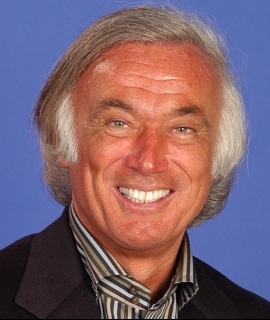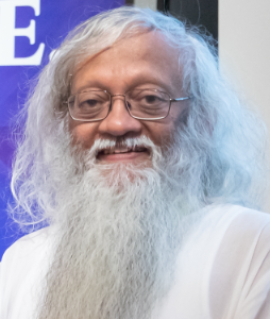10th Edition of International Conference on
Use Of Mass Spectrometry
Mass spectrometry (MS) is a powerful analytical technique, used to identify and quantify compounds present in various samples. Its ability to detect and analyse compounds based on their mass-to-charge ratio makes it a powerful tool for the identification of unknown materials. The use of mass spectrometry in traditional medicine has evolved significantly over the last few decades, and the technology is now an integral part of the modern medical landscape. MS is used to detect, identify and quantify a wide range of compounds, including pharmaceuticals, natural products and other substances used in traditional medicines. MS is an effective tool for analyzing herbal medicines, as it allows for the rapid detection and quantification of active compounds in complex mixtures. The technique enables the identification of new active constituents, and the rigorous quantification of ingredients in complex herbal mixtures that are not amenable to classical identification techniques. Data produced by MS can also inform the development and formulation of traditional medicine. MS can also be used to ascertain the botanical origin of a given product, which is especially important for traditional medicines where the active compounds are often derived from specific plant species. Moreover, MS can be used to detect adulterations, contaminants, or other unexpected components in such medicines. The use of MS in traditional medicine extends to the detection of biomarkers specific to therapeutic treatments. For example, by measuring biomarkers prior to treatment, Basal Line Measurements (BLMs) can be used to determine an individual’s responsiveness to traditional medicines. MS is also used to study traditional methods of treatment such as acupuncture, yoga, and cupping. By observing changes in levels of specific biomarkers, it is possible to study the impact of traditional forms of healing on an individual’s health. The use of MS in traditional medicine is an ever-evolving field, and its applications are becoming increasingly important in medical research.

Kenneth R Pelletier
University of California School of Medicine, United States
Marilyn Allen
American Acupuncture Council, United States


